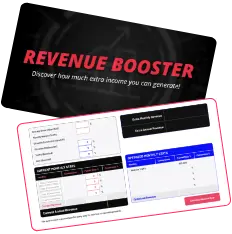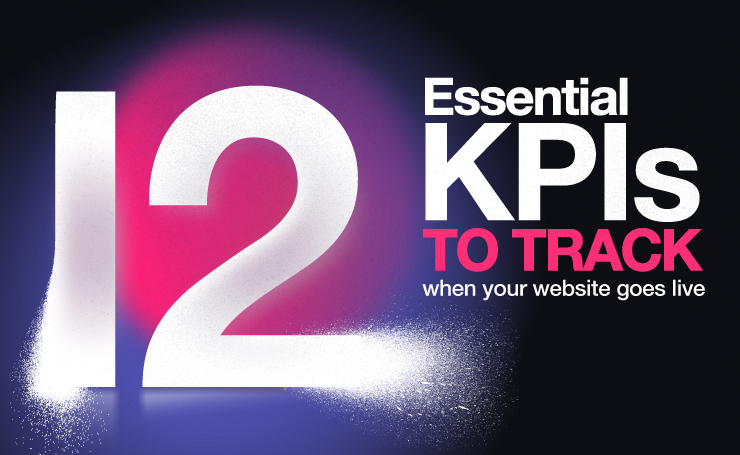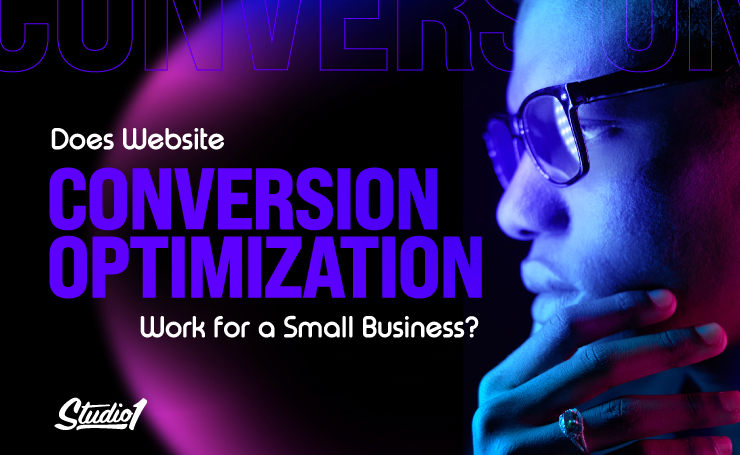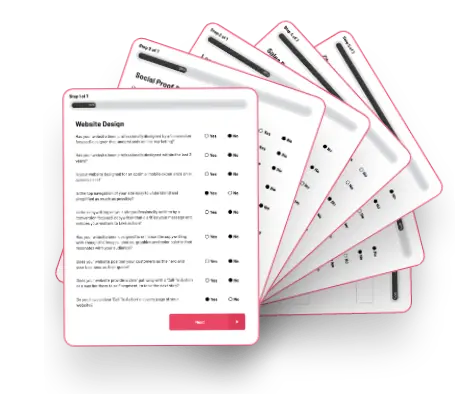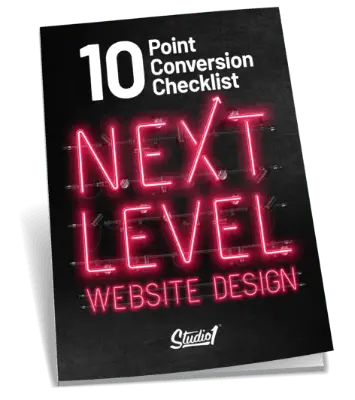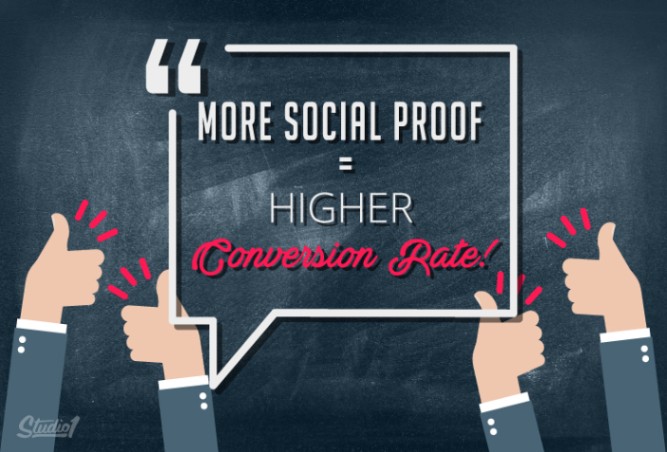
Have you ever looked at a website and said to yourself:
“That sounds amazing – but can you prove that you can actually deliver?”
People are skeptical of claims made on websites, so we turn to others to check if the claims are true. Your website visitors won’t be sold just by a great idea – what they want is proof from other people they identify with that are in a similar situation as them. They want to know if you can solve their problems too.
So having social proof testimonials or case studies from existing customers will provide proof that your products or services get great results.
Social proof is a powerful psychological principle to influence people to take action on your website. Other powerful principles are Reciprocity, Authority, Consistency, Likability, Scarcity & Urgency. All of these principles need to be designed with the right hierarchy to create a desire to influence people to take action, however, if I could only use one principle, I would use ‘Social Proof – It’s THE most powerful influencer.
More social proof you display = Higher conversions.
A website with hundreds or thousands of testimonials & reviews will generally produce a lot more leads and sales, than a website with little or no testimonials or reviews.
There are many ways to display social proof on your website, including…
Written Testimonials
Written testimonials from your customers provide proof that you deliver on your promise. A written testimonial is more powerful when accompanied by a photo of your customer.
Video Testimonials
Video is a powerful marketing tool and video testimonials are more believable than written testimonials. People watching can see body language and how the person giving the testimonial expresses themself. Videos are engaging and keep people on your site longer.
Story Testimonials / Case Studies
Everybody loves a great story, so having a longer written or video testimonial that tells the story of your customer can be particularly powerful, especially when you are selling a high ticket item. The goal is to go deep into the story of your customer’s journey and highlight the results that your business has helped achieve for your customer. It can be as detailed or as brief as you like. Show your customer’s pain points before you were involved, then describe the process that you went through to solve the problem, then show the outcome and the results they experienced.
Reviews
Consider using review tools like TRUST-PILOT, YOTPO, USE-PROOF, etc. these tools present genuine customer reviews, both good and bad. They can’t be rigged to only display positive reviews, so by displaying the occasional piece of negative feedback, you inadvertently increase sales because the reviews are genuine and more believable.
Customer Logos
Even if you can’t get testimonials, you can indicate your customer base with logos. Again, they can be rendered in grey tones so they don’t clash with each other or your color palette.
Numbers
If you have high numbers of customers you have helped, social media followers, years in business, current members, downloads, etc, then display them in large numbers on your website. We generally display 3 -5 numbers in one section across a web page to have a huge impact that can be viewed at a glance to display your authority as the real deal.
Referred
If you can get an endorsement of your product or service from an industry leader, celebrity, or expert in your niche, then highlight that on your website. I also encourage you to pay these people for their reviews because referred social proof is an extremely powerful influencer.
Social Media Streams
If you have a strong presence on social media with a lot of followers, it can be useful to include that on your website. Instagram is particularly useful because your live and most recent Insta feed can be displayed on the website.
What if you don’t have any social proof?
If you don’t have any social proof it will be harder to influence people to buy from you. A lot of businesses are not comfortable asking for testimonials from their customers. They think their customers don’t want to be hassled and wouldn’t want to give them a testimonial, which is simply not true most of the time.
The best time to ask for a testimonial from your customers is as soon as they have seen a result from what you have provided to them. You can put an automated process in your email marketing system that will be sent to your prospects around the time that they should have seen a result. That way you won’t feel icky asking for a testimonial personally.
Below is a framework that I highly recommend when asking for a testimonial:
1. What was your biggest pain point or frustration before you purchased from us?
2. What obstacle nearly prevented you from purchasing from us?
3. How was your experience dealing with us and our process?
4. What is the BEST result that purchasing from us brought to your business?
5. Who else would you recommend us to?
So next time you have a happy customer, simply reach out to them and ask them for a testimonial or review. You might be surprised at how much positive feedback you will receive. Then put all that back on your website and it will attract more people to buy from you. Then watch your business grow exponentially as a result of adding more social proof to your website.
You can also incentivize your customers to recommend you to others. Referral programs are great for spreading the word about your business. There’s nothing more powerful than a 1-1 personal referral. You can’t beat good old fashioned word of mouth =)
Let me know if this has been helpful by leaving a comment or question below…



